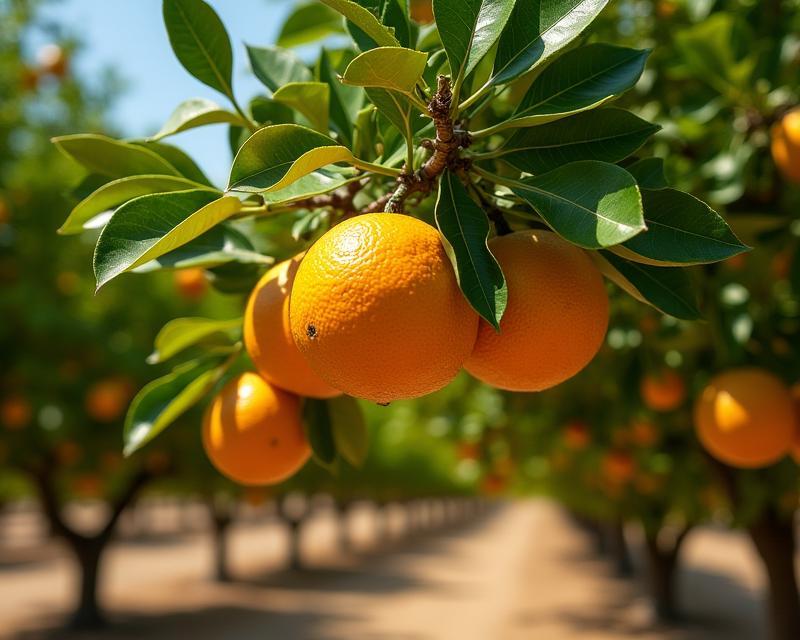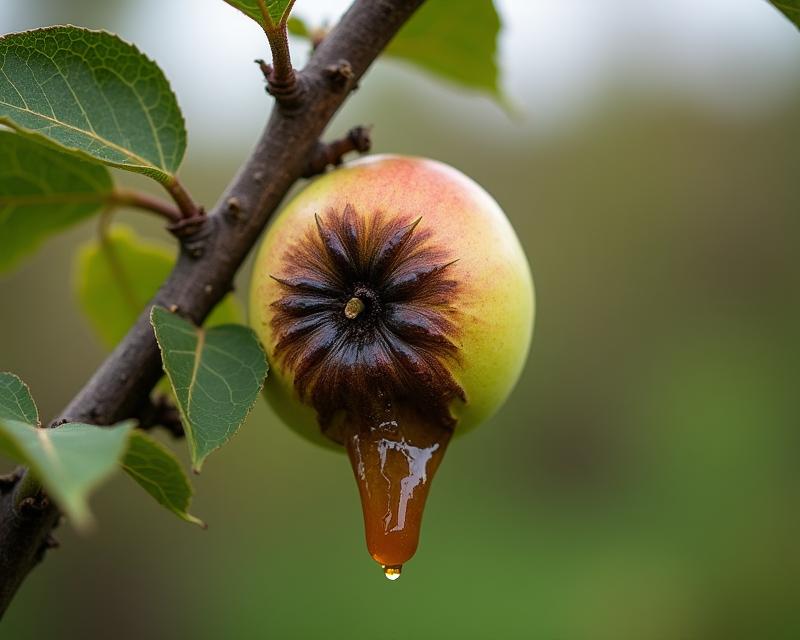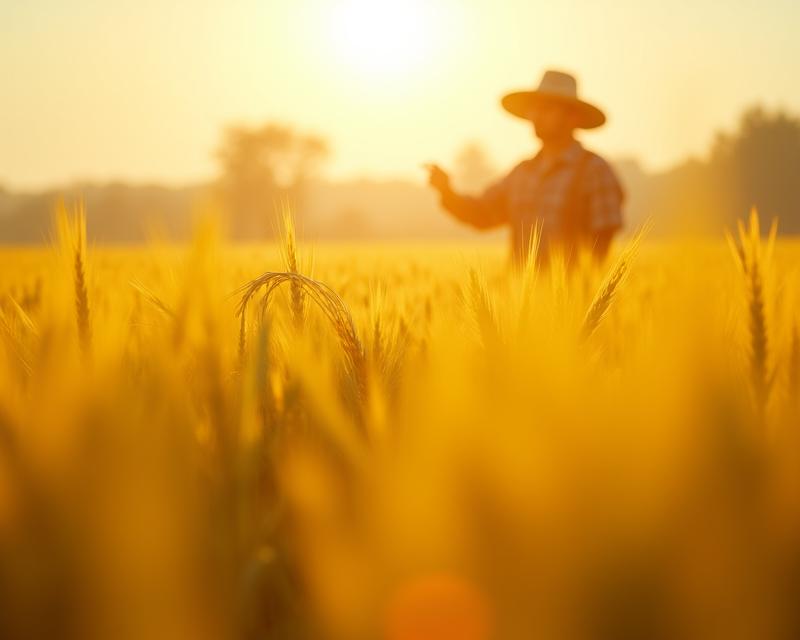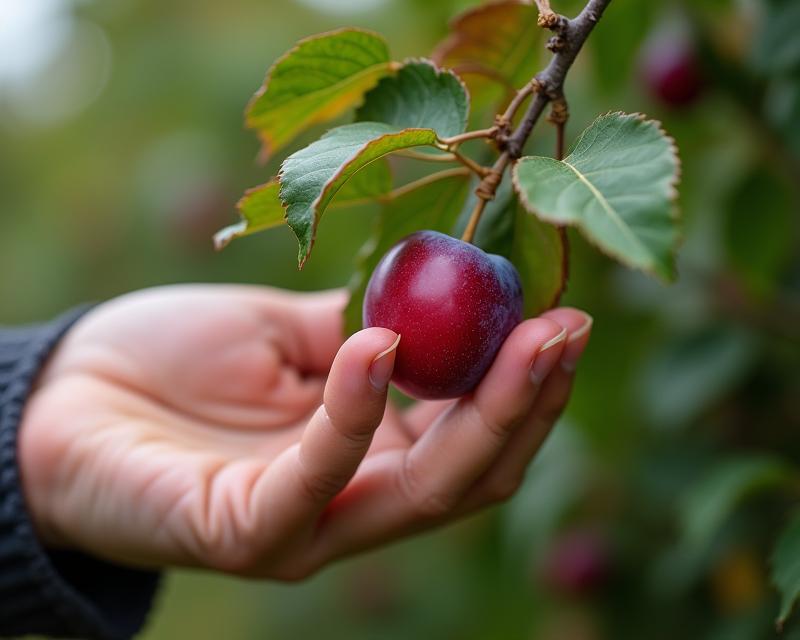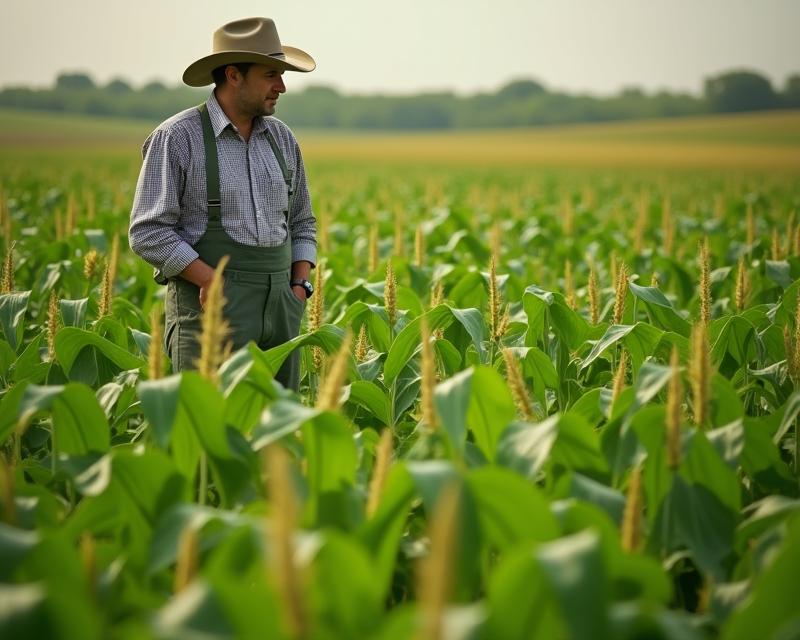Olive Oil's Journey: From Levant to Europe
Publish in Crops el 05/07/2025 02:23
Olive Oil's Journey: From Levant to Europe
Have you ever stopped to think about where the delicious olive oil in your kitchen comes from? It’s a story spanning millennia and continents! Olive cultivation has a fascinating history, originating in the Mediterranean Basin and gradually spreading across Europe. Understanding this evolution can offer valuable insights for farmers and gardeners interested in growing these incredible trees.
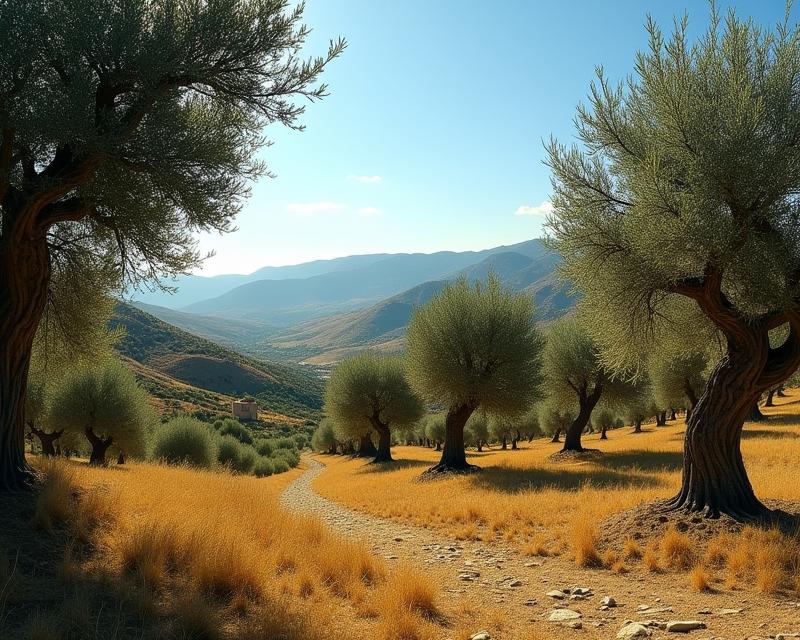
The story begins in the Levant – modern-day Israel, Lebanon, Syria, and Palestine – around 6000 BC. Evidence suggests that wild olives were first domesticated in this region. Early olive cultivation wasn't about producing oil for culinary use as we know it today. Initially, olives were valued for their fruit, used for eating and possibly even for their medicinal properties. As civilizations developed, particularly the Minoans and Mycenaeans in ancient Greece, olive cultivation transformed. They began to refine olive oil production, using it for lighting, cosmetics, and eventually, as a staple food source. The Greeks were masters of olive growing, developing sophisticated techniques for pruning and harvesting, laying the groundwork for future advancements.
From Greece, olive cultivation spread throughout the Mediterranean, reaching Italy, Spain, North Africa, and eventually, France. The Romans played a crucial role in disseminating olive trees across their vast empire. They recognized the economic and cultural importance of olives, establishing extensive olive groves throughout their territories. Roman advancements in olive oil production, including the development of olive presses, further improved the quality and quantity of oil. They also carefully selected and propagated olive varieties, leading to the diversity we see today. The spread wasn't just about planting trees; it was about adapting cultivation techniques to different climates and soil types, a lesson that remains relevant for modern olive growers.
Today, olive cultivation continues to evolve. Farmers are exploring new varieties, implementing sustainable practices, and adapting to the challenges of climate change. The journey of the olive from the Levant to Europe is a testament to the resilience and adaptability of this remarkable tree. By understanding its history, we can learn valuable lessons about cultivation, adaptation, and the enduring importance of this ancient crop. Whether you're a seasoned farmer or a home gardener, the story of the olive offers a rich and rewarding perspective on the world of agriculture. Consider experimenting with different olive varieties suited to your local climate – you might be surprised at the results!
